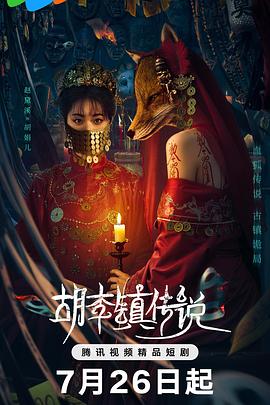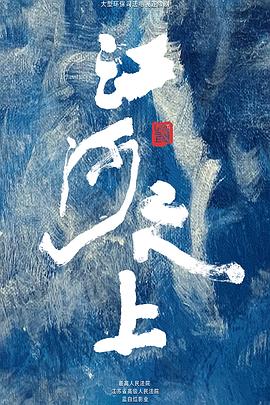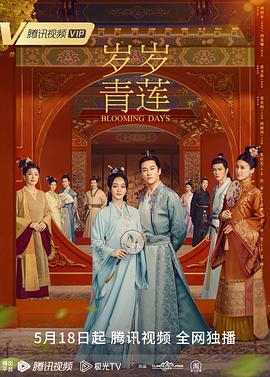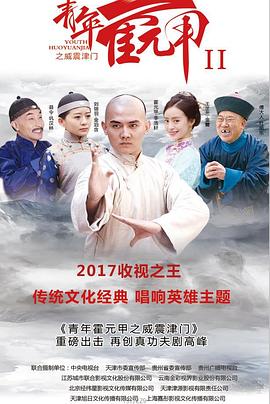The 20-episode TV series "The Legend of Zhang Daqian in Dunhuang" is based on the true story of Zhang Daqian, a renowned Chinese painter, who spent ne[Expand All]
< p> The 20-episode TV series "The Legend of Zhang Daqian in Dunhuang" is based on the true story of Zhang Daqian, a renowned Chinese painter, who spent nearly three years in Dunhuang, copying Dunhuang murals, repairing the plank roads in front of the grottoes and cleaning up the quicksand. To this day, the Dunhuang Grottoes still retain the ink marks that Mr. Zhang Daqian used to number the grottoes. However, the drama focuses on presenting Dunhuang rather than a personal biography of Zhang Daqian. Zhang Daqian, as a painter, is just one perspective from which we enter the topic of Dunhuang. The time and space setting of the play is the Hexi Corridor in the 1940s, which serves as the backdrop for the story's development. From the time Zhang Daqian arrived in Dunhuang to his departure, there was more than two years, which marked the beginning of the protagonist Zhang Daqian's love-hate relationship with Dunhuang. The entire play begins with coming and ends with leaving. The main scenes are divided into two major parts. A large area is the Thousand Buddha Cave, which is about twenty or thirty miles away from the county town, and the Upper and lower palaces closely connected to it. One of them is Yichun Courtyard, a place of dazzling lights and bustling nightlife located in the county town. It forms a sharp contrast between the afterlife and the present, the ancient and the present. It also forms a strong contrast between the ethereal and the concrete. At the same time, it blends the vulgar and the refined into one. It also entangles these two people from completely unrelated environments together. The... of the drama < /p>[Collapse]






















